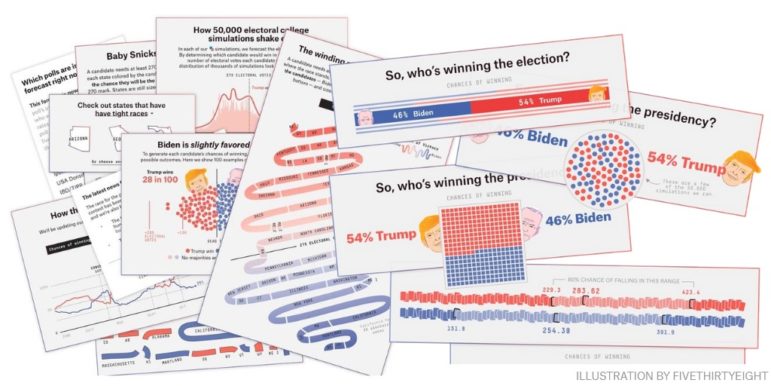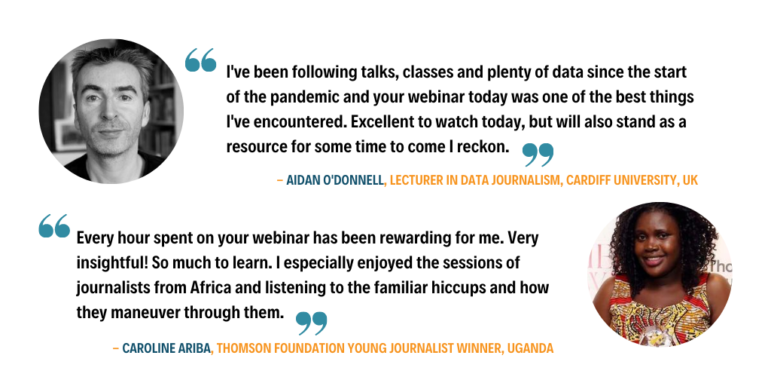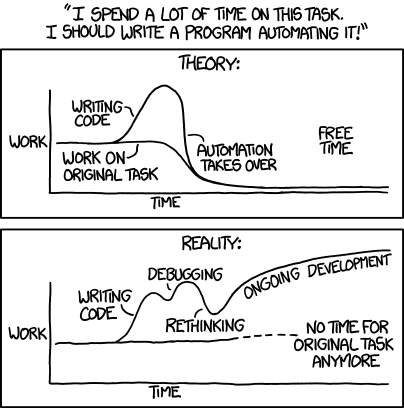
Digging into Disappearances: Organized Crime and Missing People
In this GIJN webinar, Digging into Disappearances: Organized Crime and Missing People, on Tuesday, September 8 at 9:00am EST, we bring together two senior investigative journalists who will share their strategies and tips on how to investigate a disappearance, how to manage sources, victims and authorities, as well as raise some of the broader considerations of investigating criminal organizations.









